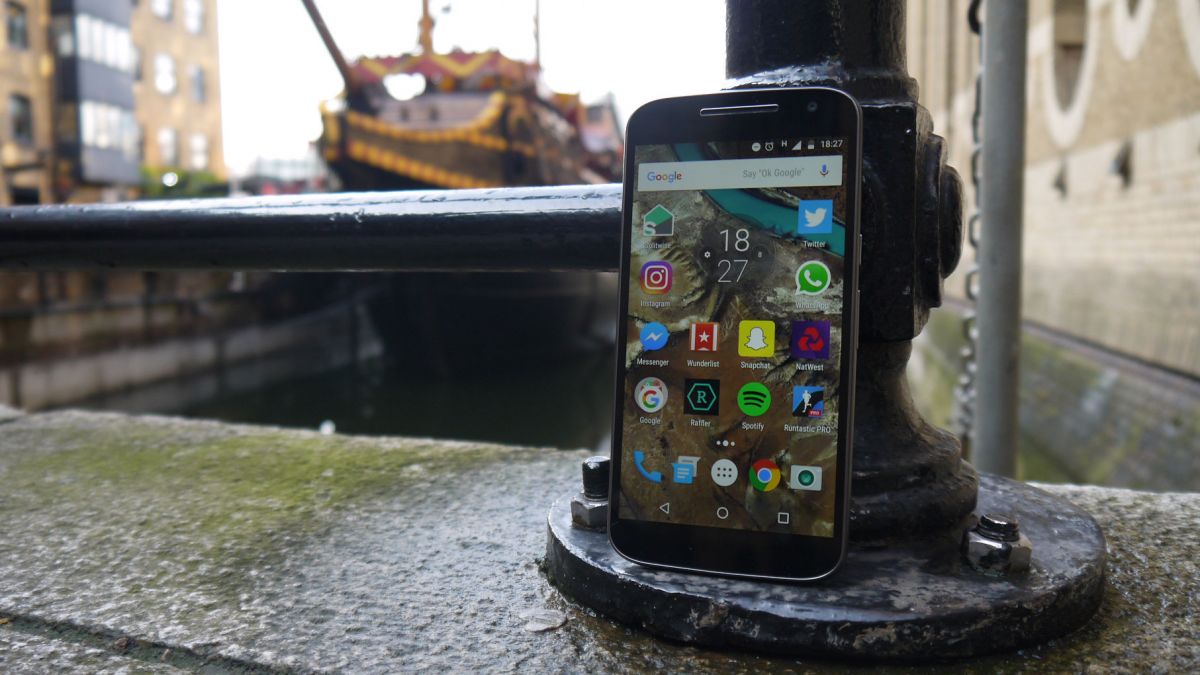
Introduction and design
Motorola’s Moto G brand has earned a reputation for offering high-end spec at a budget price. Even with stiff competition from the likes of OnePlus and other cheaper Chinese alternatives, the Moto G has continued to impress.
The Moto G4 – the fourth iteration of the line – is no different, and once again offers a decent level of features and performance for a low price.
In the UK the Moto G4 is out now and it’ll cost you £169 (around US$240, AU$330) but Motorola has yet to confirm whether it will be coming to the US or Australia.
If you take a look at the Moto G4 specs on paper you’ll see that you’re getting a lot of phone for your money.
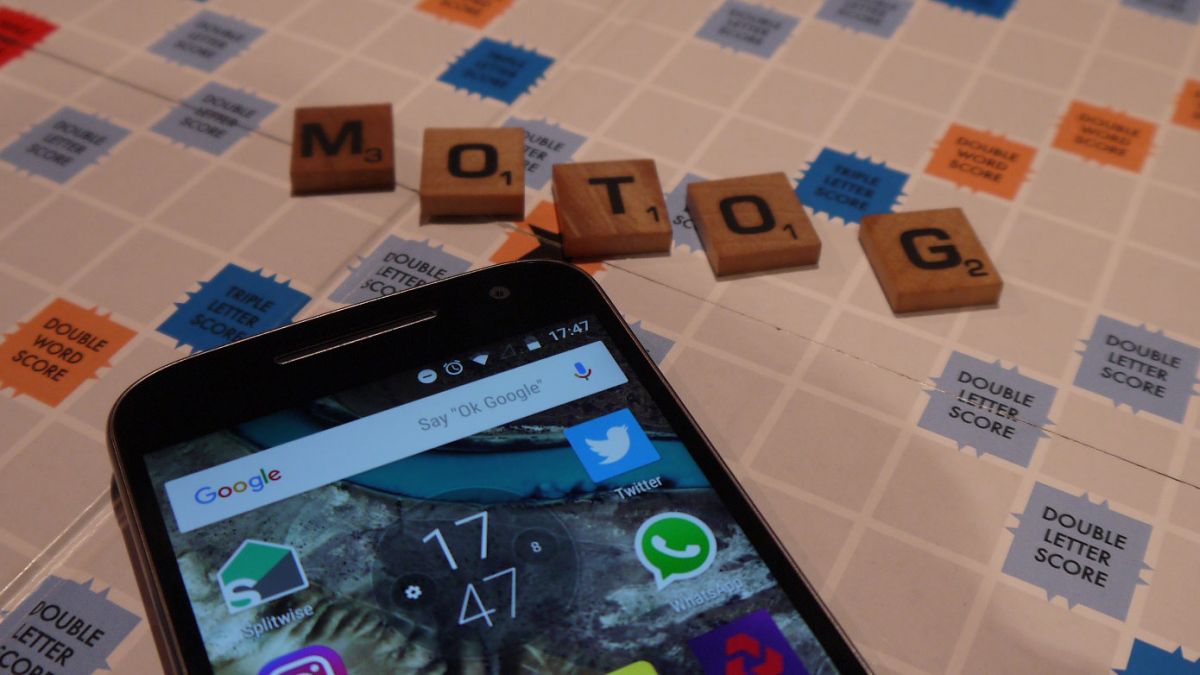
However, I was concerned when Motorola announced two versions of the Moto G this year. There’s also the Moto G4 Plus, and when the phones were announced I thought perhaps Motorola would be holding back some headline features for the slightly more expensive Plus model.
That’s not the case though – while some features that I’d hoped would have made it to the Moto G4 aren’t to be seen here, the near simultaneous arrival of the G4 Plus hasn’t impacted on the specs of the Moto G much.

So is the Moto G4 worth upgrading to from other Motorola phones? Let’s take a closer look at one of the best budget phones money can buy.
Design
It feels like Motorola has taken the Moto G back a few steps in terms of design, but that’s not necessarily a bad thing. The design of the Moto G4 is simple, and I think it benefits from the slightly tweaked look.
It’s not as chunky as the Moto G (2015), but it’s still not a particularly slim phone, coming in at 9.8mm rather than the G3’s 11.6mm.
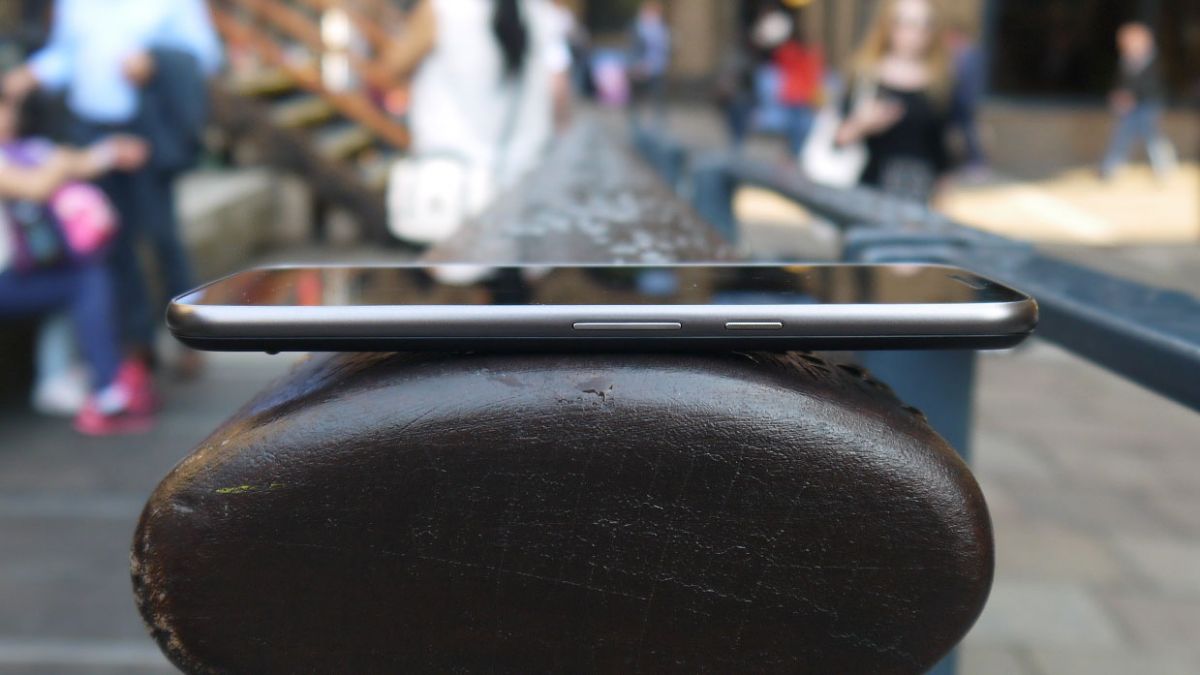
On the front of the phone there’s now just one front-facing speaker, at the top, rather than the two, at the top and bottom, that we saw last year. It looks clean and simple, and there’s not much wasted space here, with slim bezels surrounding the screen.
From the front I think this is one of the best looking-Motorola phones you can buy right now.

I’m not as keen on the design around the back. The back panel is plastic once again, and you can remove it easily by pulling it up at the bottom.
The textured back of the Moto G (2015) has been dropped for a much simpler plastic finish. In my book it doesn’t feel as good to the touch as before, although it may be more to your taste if you didn’t care for the textured feel.
The indented Motorola logo is back and I found myself sitting my finger there quite a bit too.
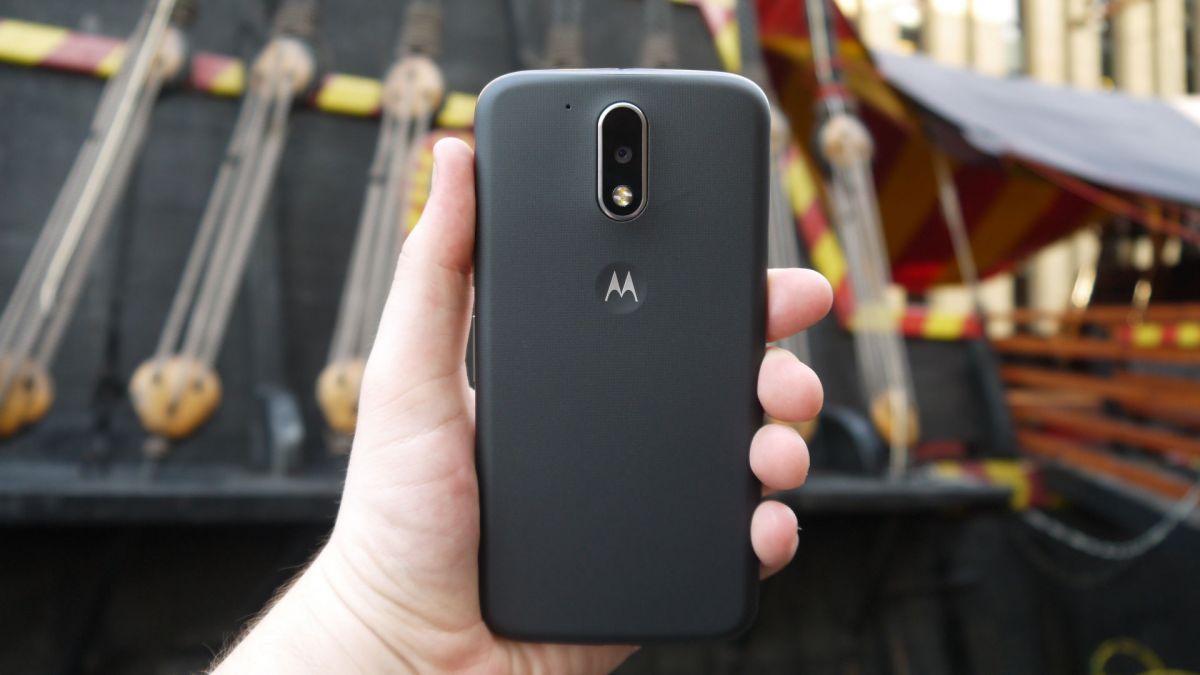
The edges of the phone are rounded off, allowing it to sit comfortably in the hand and offering plenty of grip compared to previous Motorola phones.
The 3.5mm headphone jack is still present – unlike on the Moto Z – and sits on the top of the handset, in the centre. I always find this a strange placing for such an integral port and I’d rather it was moved to one side, but maybe that’s just me.
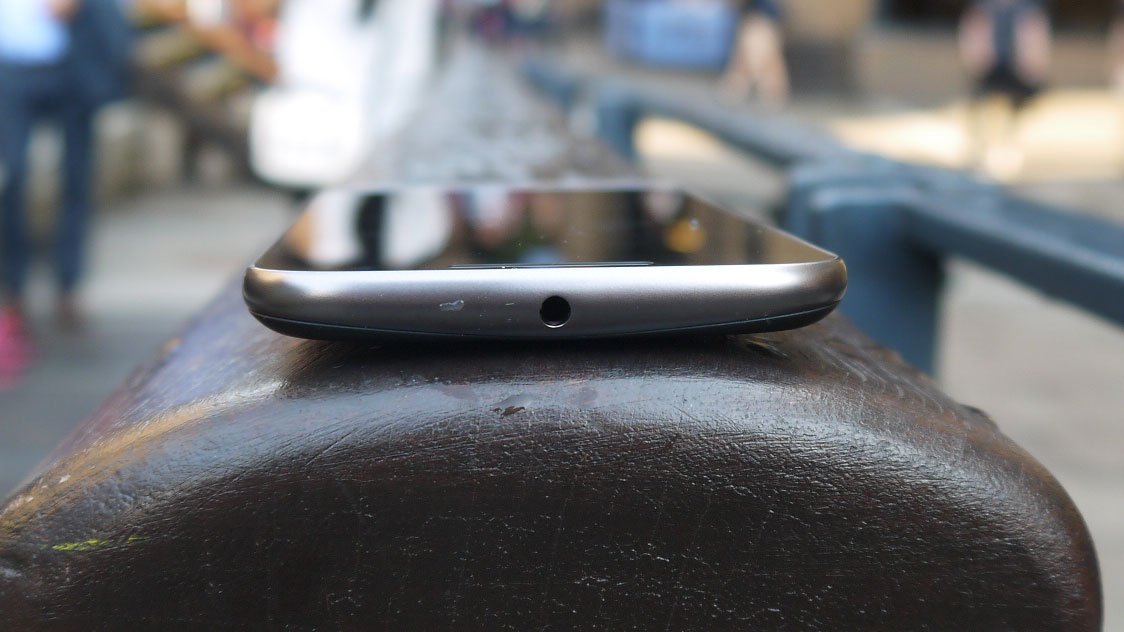
The Moto G4 is water-resistant, but that doesn’t mean you can go dunking it in the bath or taking it for a swim – it just means that if you splash liquid on your phone, or get caught in shower with it, it shouldn’t break down.
It’s a shame the Moto G4 isn’t fully waterproof like the Moto X Force, but it’s good to see the G series taking one step closer to durability. A Motorola executive told me earlier this year that the plan is to make all Motorola phones more durable, so maybe the Moto G5 will get the full waterproof treatment.
All in all the Moto G4’s design doesn’t offend. It looks better than its predecessor, but no one is going to stop you in the street and ask you where you got your beautiful phone from – and given the price of the Moto G4, that’s understandable.
Key features
Not surprisingly the Moto G4 is missing the sort of headline features you’d get in a flagship device, but there’s still a lot to love here. One highlight is the display, and there’s a major upgrade here compared to last year’s Moto G.
The G4’s display is a little larger than the one on the Moto G (2015), at 5.5 inches rather than 5 inches, and unlike the previous phone’s screen the G4’s is Full HD. The bezels around the screen are much slimmer than before, helping to make this the best-looking display yet on a Moto.
The display is nice and bright, and I never found myself struggling to see the screen, as visibility at extreme viewing angles is among the best I’ve seen recently.
The auto brightness mode also updates quickly – coming straight from the Obi MV1, on which auto brightness was an issue, it’s a joy to see the display adapt so quickly when the lighting changes.
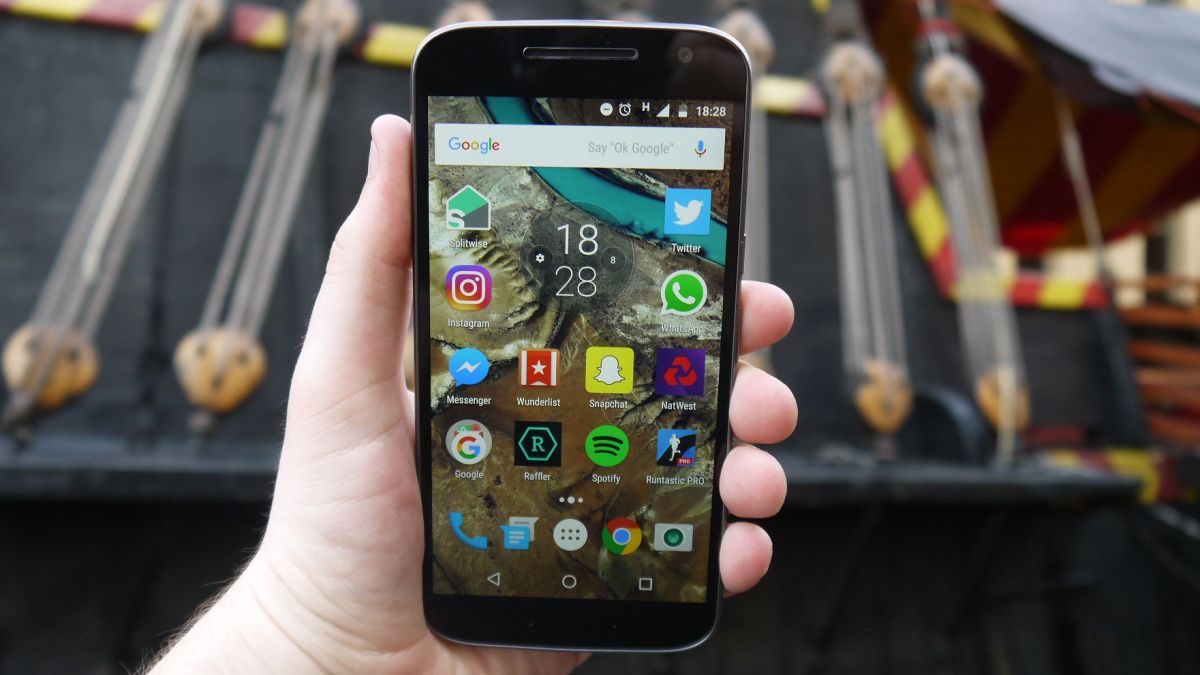
While the screen on the Moto G is large, it’s easy to use. I never struggled to reach anything part of it, although some people who were able to use the Moto G (2015) one-handed may have to get used to using two hands here.
Everything looks much better on the Moto G4 than on its predecessor thanks to the Full HD screen. It’s a welcome step up in screen quality.

The Moto G (20150) had 294 pixels per inch, but the new phone blows that out of the water with 401ppi. If you’re after a cheap phone with a beautiful display, you won’t go far wrong with the Moto G4.
Storage is another key feature on the Moto G4. It’s available in either 16GB or 32GB versions, which doesn’t seem particularly revolutionary until you consider that the previous model offered a measly 8GB.

While 16GB isn’t massive it’s enough to take care of the basics, while 32GB is even better – and there’s an impressive 256GB of microSD support available as well.
That’s the most we’ve seen on offer in a smartphone. In fact, there aren’t that many 256GB microSD cards available, and if you do want one it’s going to cost you quite a bit, but it’s good to see Motorola pushing the boundaries when it comes to storage.
Specs and performance
Motorola has worked wonders with the Moto G4 to make it a surprisingly powerful piece of kit. While last year’s Moto G came in 1GB and 2GB versions, here you get 2GB, no matter which storage option you go for.
The processor is a Qualcomm Snapdragon 617. It’s an octa-core processor working side by side with an Adreno 405 GPU, and these, together with the 2GB of RAM, make the G4 one of the most powerful low-priced phones I’ve ever used.
Performance-wise, the Moto G4 blows the 1GB G (2015) out of the water. That phone scored 1590 on Geekbench benchmarking software, and the G4 almost doubles that number at 3104.
Even the 2GB version of the third-gen Moto G only came out with a score of 1662, while the OnePlus X – a phone that prides itself on its power – only managed 2408. So this is a significant improvement for the Moto range.
When it came to gaming I found the Moto G4 was more than up to the task. Real Racing 3 on the Moto G4 was a pleasure, and I was surprised by how well the game ran – I never had a problem with the phone stuttering.
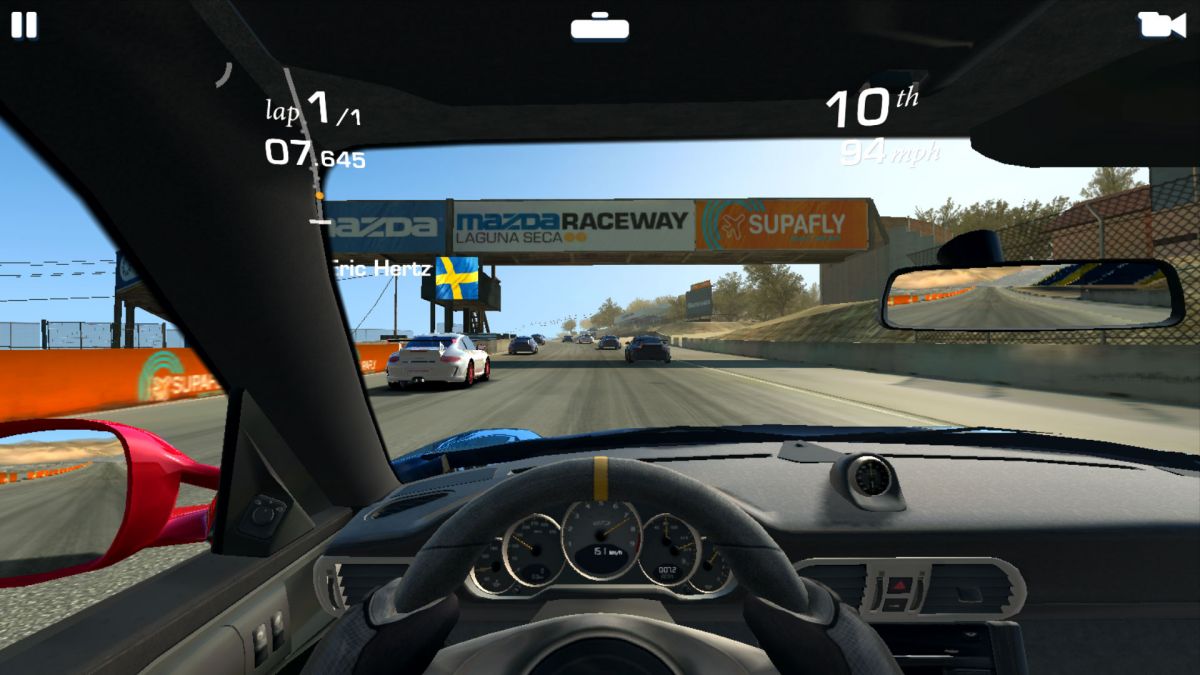
Multi-tasking also works particularly well. If you’re on a budget but want a powerhouse of a phone, you can rest assured that the Moto G4 will be able to handle pretty much whatever you throw at it.
It’s worth noting that the Moto G4 doesn’t include an NFC sensor. I think that’s a big miss, especially as Android Pay is now up and running in the UK as well as the US.
If you want to be able to make mobile payments with your phone, the Moto G isn’t going to be for you.
Software
Motorola is one of the very few Android phone manufacturers that isn’t pushing its own software on top of the Google look, and that’s something a lot of Android fans, myself included, will appreciate.
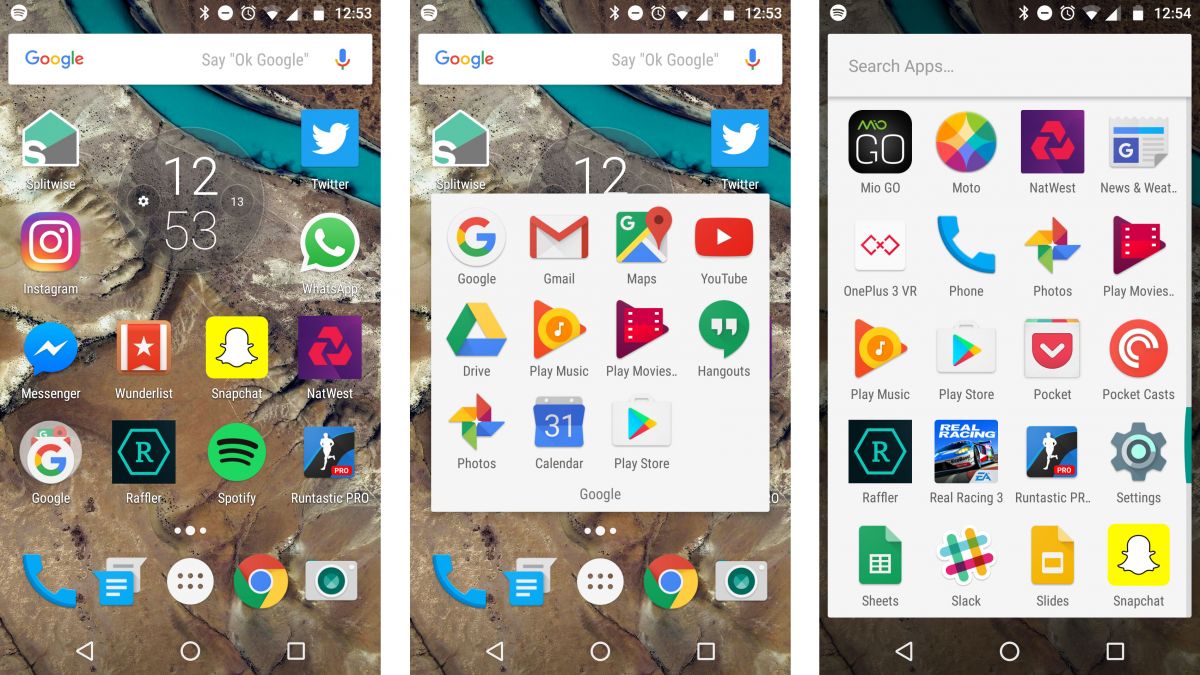
Android’s stock software now looks fantastic compared with the early days. Android 6 Marshmallow is here in all its Material Design glory, and it’s the best the OS has ever looked.
If Motorola included its own skin it might have been able to add the odd extra feature to the Moto G4, but opting for the stock software ensures the phone feels clean and easy to customise.
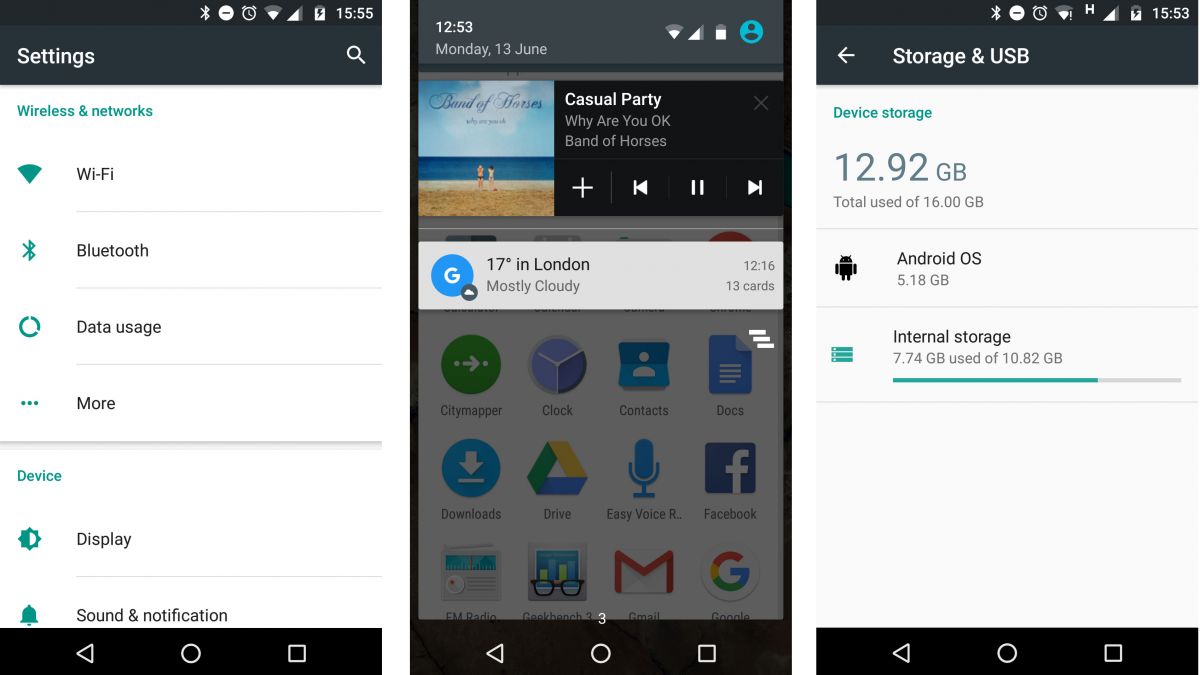
All the standard Android apps are here, and it means you’re not doubling up on things like media players and email apps; Sony phones for example, have an album app as well as Google Photos, but on the Moto G4 you’ve just got Google Photos, or whatever you decide to download.
There is one Motorola app included on the Moto G4, and it’s simply called Moto. It’s designed to introduce you to the new features on Motorola phones, and give you a few little shortcuts.
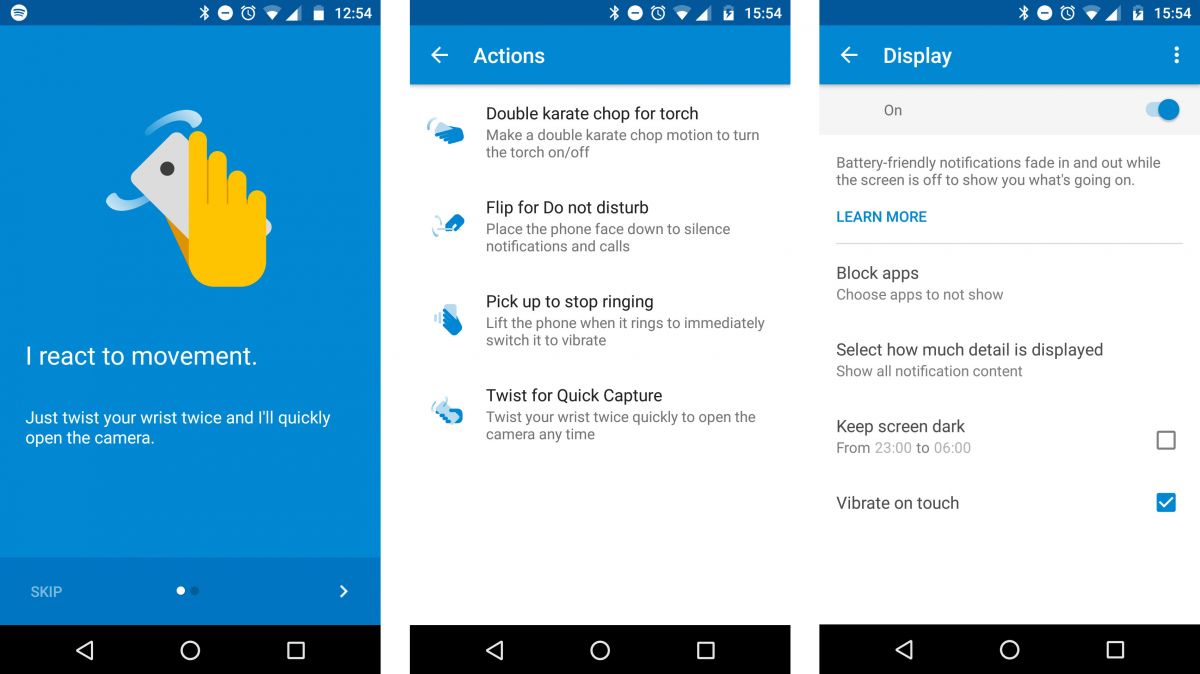
For example, if you perform a ‘karate chop’ motion with the phone in your hand it’ll turn on the torch – although this does mean that you sometimes activate the torch by mistake, and if I was using this phone for any longer I probably would’ve turned that feature off.
Camera
Camera technology in the Moto G range has come a long way since the 5MP sensor in the original phone back in 2013. The Moto G4 has a 13MP sensor on the rear, which produces similar image quality to the Moto G (2015).
While it might sound as if Motorola has skimped by not upgrading the camera, it was and still is a perfectly good shooter for those who just want to grab a quick image.

Autofocus performance from the G4’s camera is one of the highlights of the camera for me – it holds up well compared to other phones in this price bracket. You can tap on the screen to focus as well. However the camera struggles to focus accurately on close-up subjects.
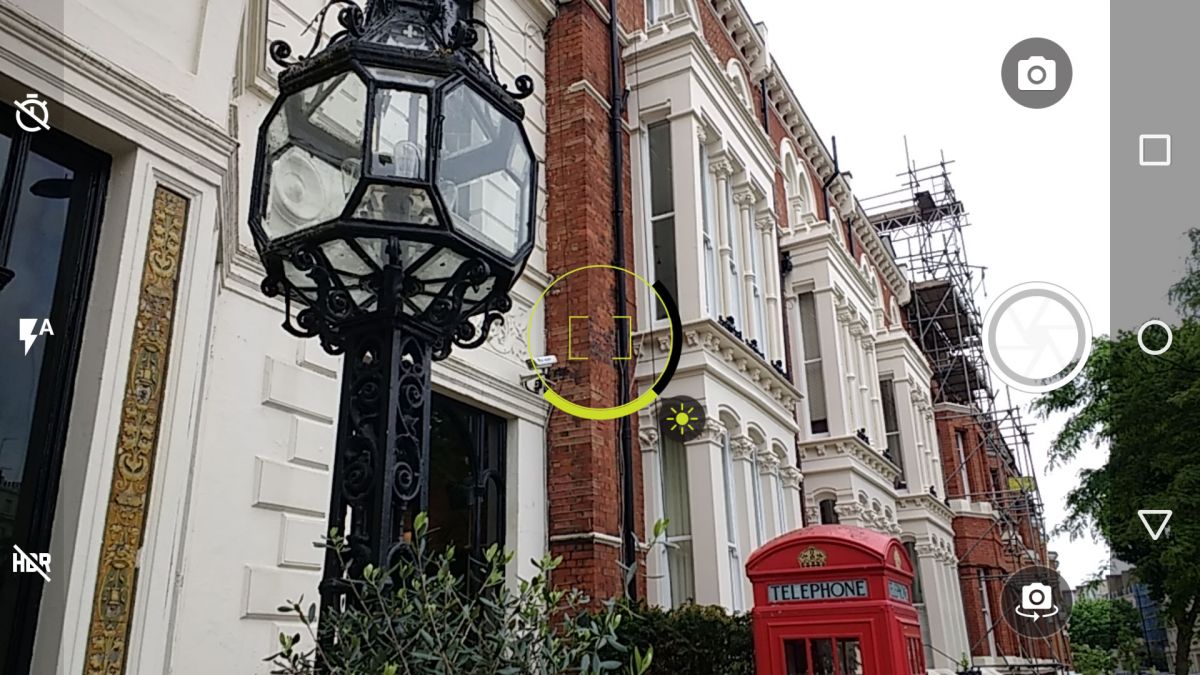
Landscape shots in particular look good, with a level of detail that’s impressive for a camera at this price.
There’s also a 4x zoom, although using it does cause the quality of images to drop noticeably – I didn’t find myself using this feature often, and I wouldn’t recommend it.
Manual camera options on the Moto G4 are few and far between. You can choose the quality of your images by swiping across on the screen from the left, and you’ve also got options to keep HDR and the flash on.
You won’t get a fully-fledged manual mode as on, say, the Huawei P9 though – this is meant to be a camera you can shoot with quickly and easily, without having to tinker with settings.
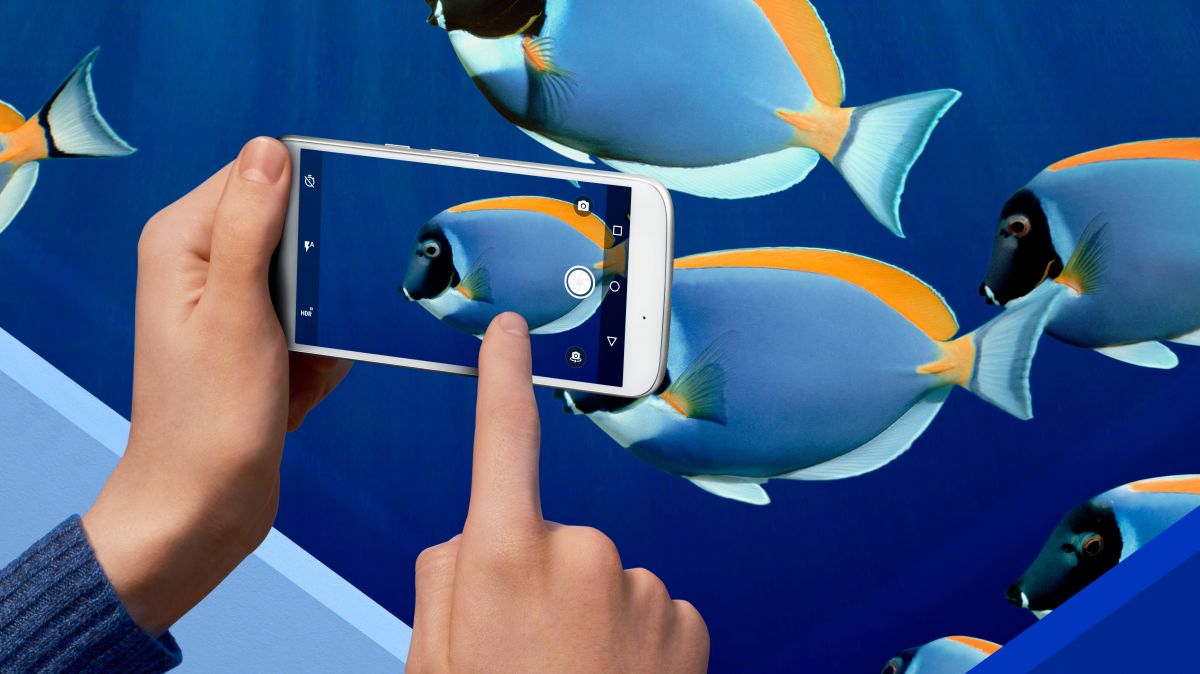
Video-wise the rear camera is able to shoot Full HD recording, but nothing more. While a lot of flagship phones are now 4K-equipped, however, that’s still a premium feature rather than an essential one.
I don’t often find myself using the 4K recording option on phones that offer it – like many people I don’t tend to play phone footage back on high-res screens.
There’s no image stabilization technology in the Moto G4, and that’s something I’ve missed while using the camera – if you’re going to be shooting video, be prepared for footage to be a little shaky.

The front camera on the Moto G has a 5MP sensor with an auto-HDR mode. I found that selfie shots came out well – they’re nice and bright, likely down to the f/2.2 aperture of the camera.
You do miss out on the extra quality you’d get with, say, the Oppo F1’s fantastic selfie camera, but that’s hardly a deal-breaker.
Camera samples

Click here for the high-resolution image

Click here for the high-resolution image

Click here for the high-resolution image

Click here for the high-resolution image
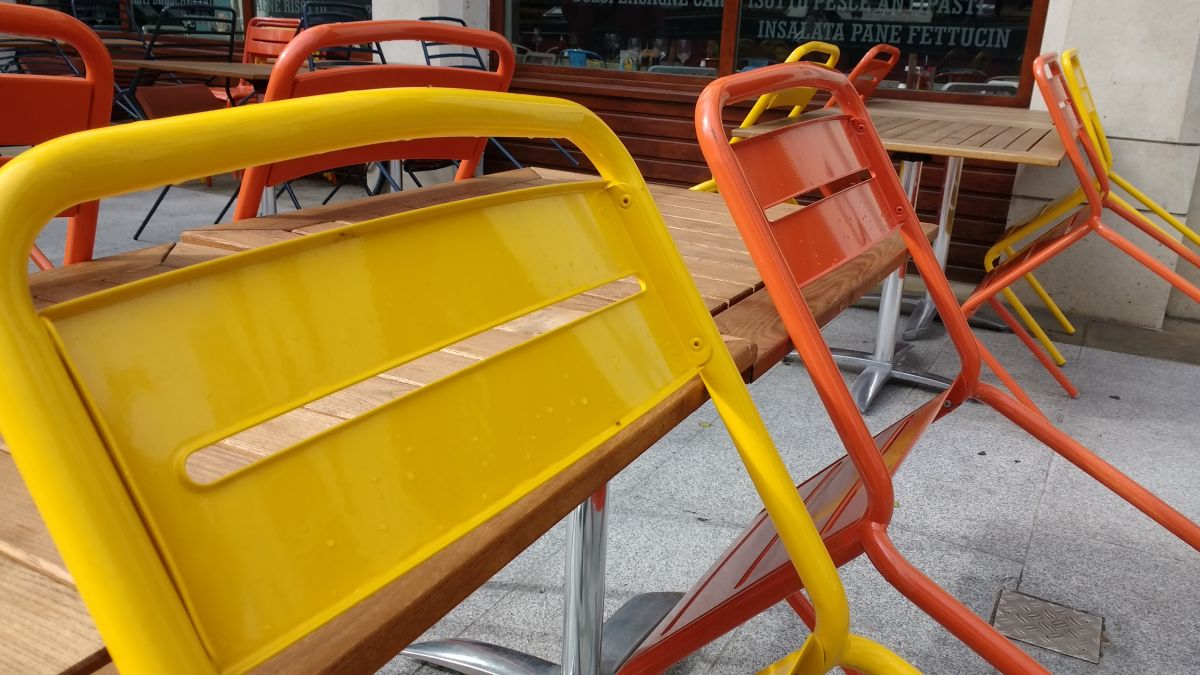
Click here for the high-resolution image

Click here for the high-resolution image

Click here for the high-resolution image
Battery life and media
Battery performance from the Moto G4 is about average. Motorola is claiming 24 hours, but, as with most such claims, how true this is will depend very much on how you use your phone.
The G4 packs a 3000mAh cell, compared to the 2470mAh battery in the previous Moto G, with the extra capacity powering the improved performance and higher-quality screen.
I regularly got through to the end of the day without having to put the Moto G4 on charge, with 10-20% battery remaining. It wouldn’t have kept going for much longer though, and it certainly wouldn’t have managed a full 24 hours.
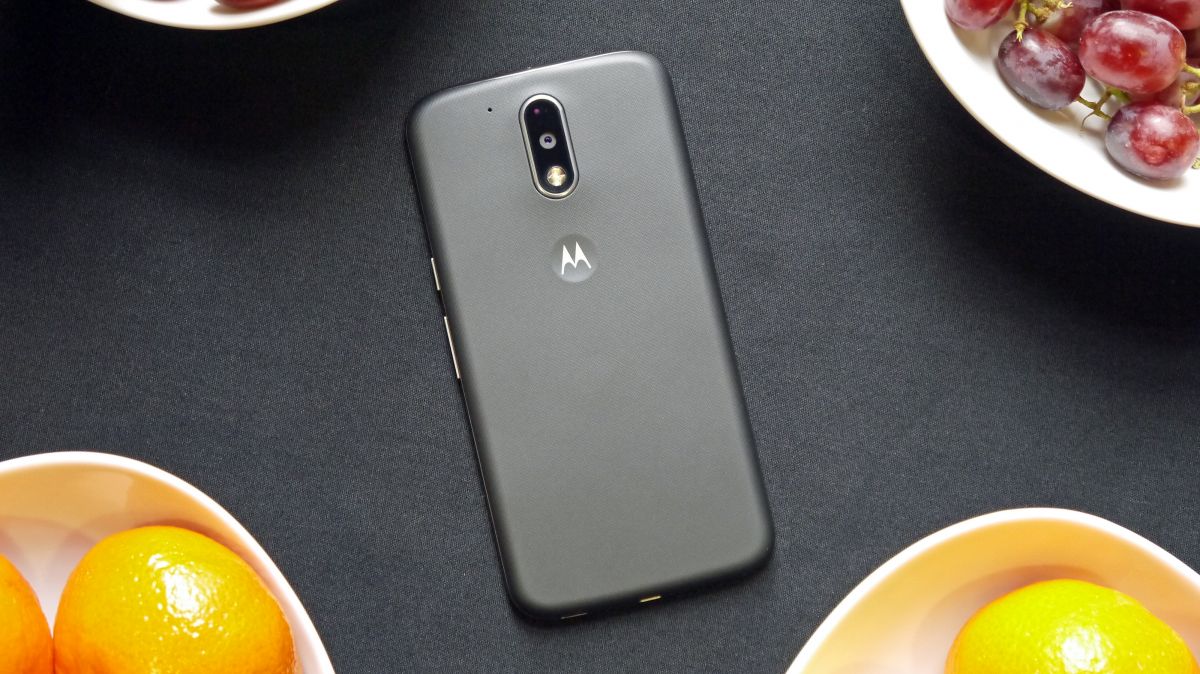
I ran the usual TechRadar video test, which involved playing a 90-minute video at full screen brightness and with connectivity options on.
It completed the test having lost 17% of its battery, beating the Moto G (2015) by 2%. So the test suggests that the battery has improved again, and I found that to be true in day-to-day usage as well.
I should mention here that the cell in the Moto G4 is non-removable, so you won’t be able to hot-swap it out when you’re running low.

Motorola has also taken steps to improve things on the battery front by including fast-charging technology for the first time – the only trouble is, the compatible charger isn’t included in the box.
You’ll need to buy one for £24.99/US$34.99 to be able to use the fast-charging feature which, according to Motorola, can give you six hours of juice for just 15 minutes plugged in.
It’s a shame that you need to spend extra to enjoy the benefits of fast charging, especially as the Moto G4 Plus comes with the fast charger included in the box, and that phone only costs about £30/US$40 more.
Music and movies
The front-facing top-and-bottom speaker setup from the previous Moto G has been dropped in favor of a single speaker at the top of the phone, and I didn’t find that I lost anything in the way of sound quality.
In fact, I was pretty impressed by the loudness and clarity of the Moto G4’s audio, considering it’s a budget device.
The media apps on the Moto G4 are all the usual Google varieties – if you launch a video, for example, it’ll automatically play through Google Photos.
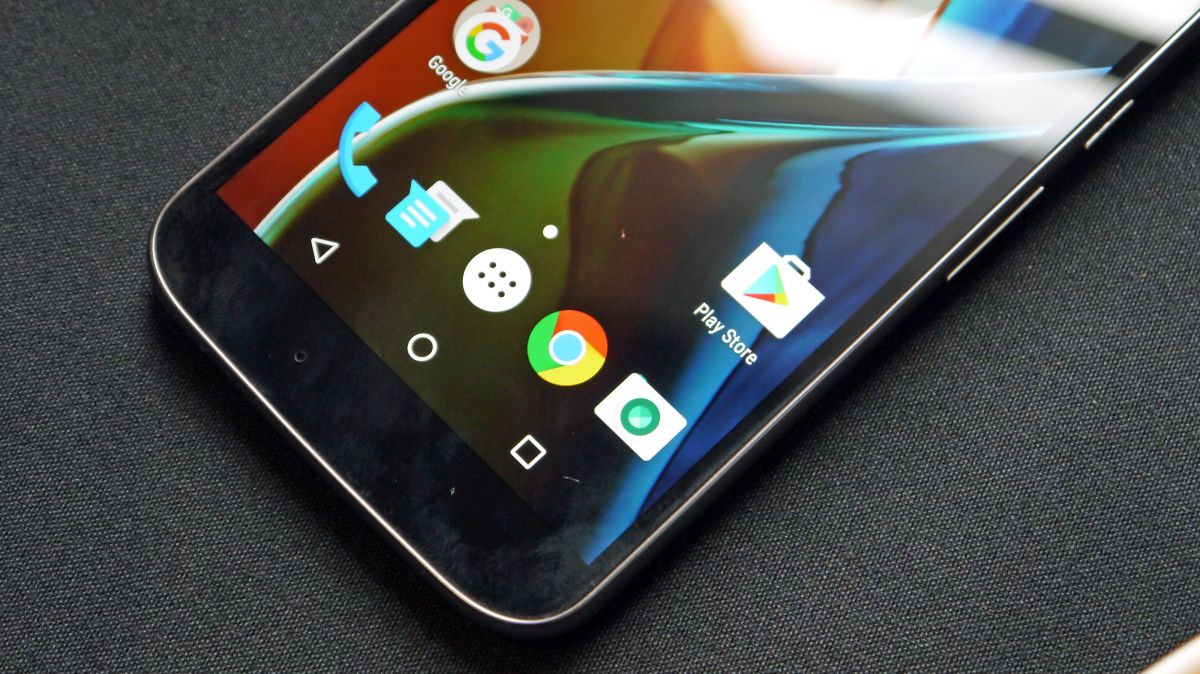
Music-wise you can play files on your phone, or stream songs and podcasts, via Google Play Music. I downloaded Spotify and Pocket Casts right away though, as those are the audio apps I regularly use.
When it comes to storing apps and media on your phone, be aware that Android 6 Marshmallow takes up 5.2GB of the native space on the G4, so if you go for the 16GB version you’ll only have about 11GB to play with for apps and media before you need to reach for a microSD card.
The competition
OnePlus X
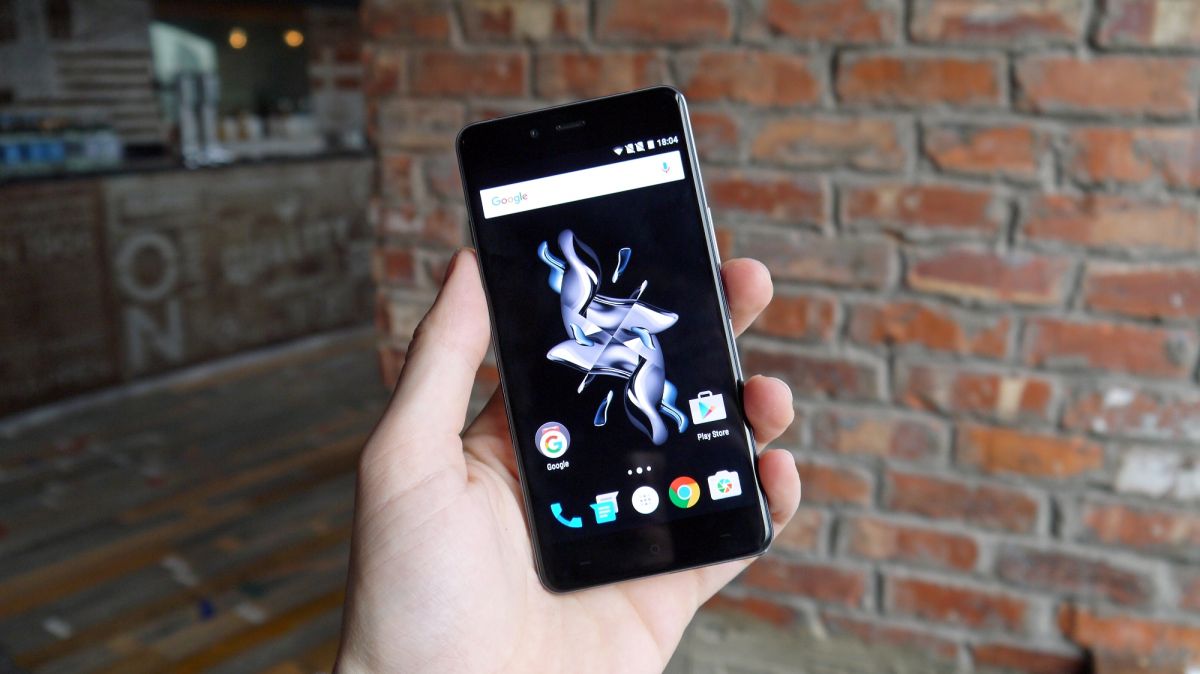
OnePlus has made a name for itself – and in a relatively short space of time – as a company that makes high-end smartphones at very attractive prices. In 2015 OnePlus released a handset that’s one of the strongest rivals to the Moto G – the OnePlus X.
It’ll cost you a little more than the Moto G, but it boasts high-end specs including a 5-inch Full HD display, a 13MP camera, a Snapdragon 801 chipset and impressive battery life.
If you’re after a well-featured budget smartphone that isn’t made by Motorola, the OnePlus X is arguably your best choice.
Moto G4 Plus
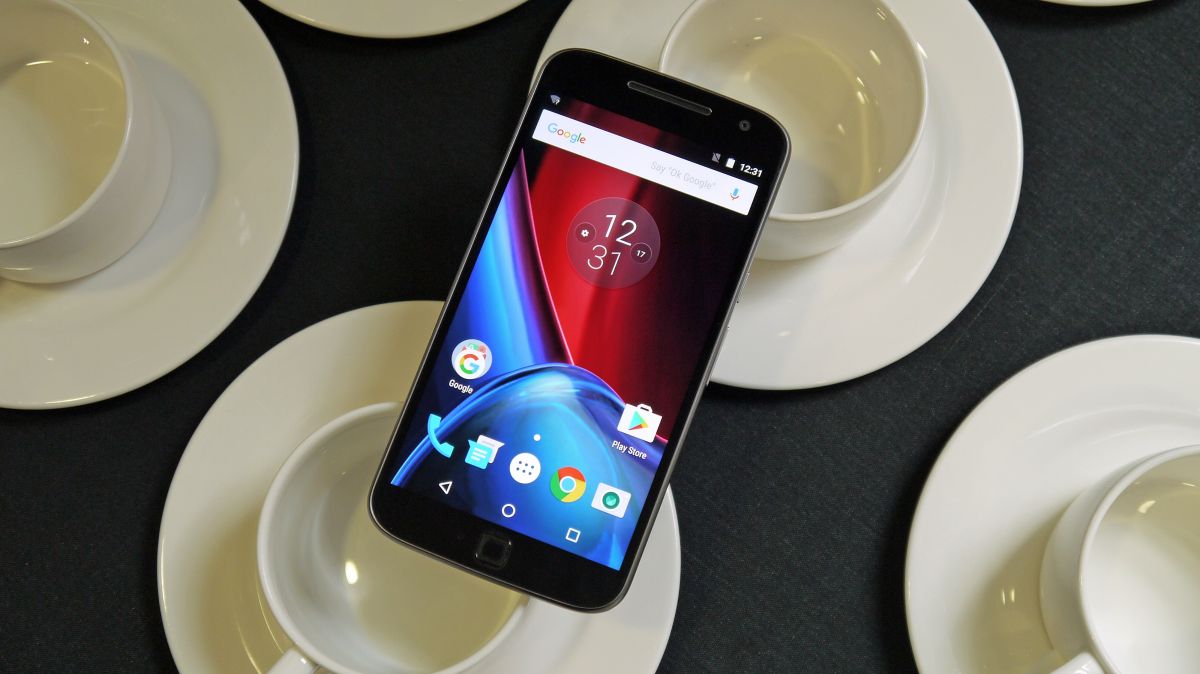
The Moto G4 comes with a sibling: the Moto G4 Plus. The name may prove a little deceptive though, as it has the same 5.5-inch Full HD display as the G4 – the upgrades come in the shape of a fingerprint sensor, and slightly upgraded 16MP camera.
If you like the design of the Moto G4 but want a fingerprint sensor and an extra bit of spec, the G4 Plus might be the phone for you. It will cost you a little extra though, at £199 (around US$280, AU$390).
Moto E

After something even cheaper than the Moto G4? You’ll lose out on the impressive power, but there’s always the Moto E.
This is the second generation of Motorola’s cheapest phone brand. The design isn’t anything special but it’ll do the job, and some fans believe it looks better than the Moto G4 anyway.
The screen isn’t anything special either, and you don’t get much storage, but these are issues you can happily forget about if price is your main concern.
It’s only £99.99 (US$119.99, around AU$190), so it’s much cheaper than the Moto G4.
Verdict
The Moto G has been an impressive family of phones since the first iteration was released in 2013.
The combination of mid-range specs and low-end price is the brand’s forte, and the Moto G4 takes this winning formula to a new level. It’s difficult to find many faults with the Moto G4.
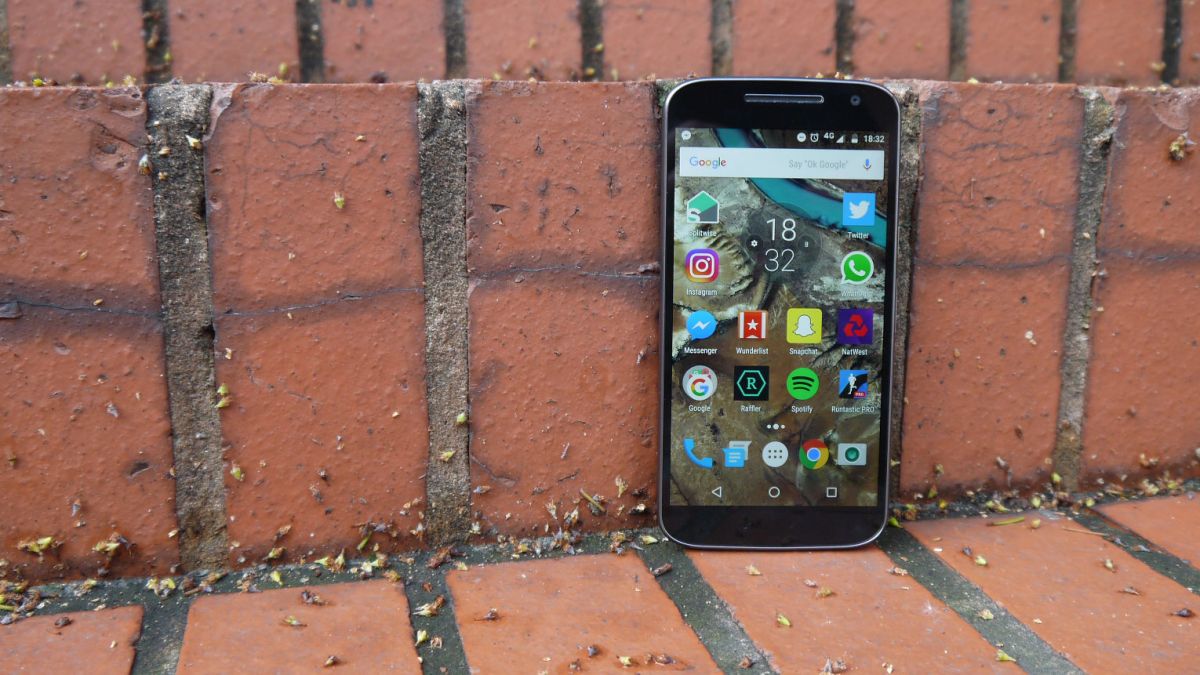
We liked
The tweaked design of the Moto G4 may not be that of a premium handset, but it’s a big step in the right direction. Last year’s Moto felt bulky, and Motorola has managed to slim the design down while keeping it simple and stylish.
Screen-wise the Moto G4 destroys the competition in this price bracket. I’m delighted that Motorola has chosen to upgrade to a Full HD option, and the 5.5-inch size is perfect for most Android fans.
You really won’t be disappointed with the screen on the Moto G4, I promise you.
In terms of power, the Moto G4 has really surprised me with what it’s capable of doing for the price. It’s not quite up there with the flagships, but it’s not far off – which is remarkable when you consider that it’s no more than a quarter of the price of some of those phones.
Motorola has worked wonders under the hood of the Moto G4, and it can play pretty much any games or media you want it to, as well as handling multitasking with ease.
We disliked
There are a few issues with the Moto G4, although it’s hard to make too much of them when you take the price of this phone into account.
It’s disappointing that the Moto Maker scheme hasn’t been extended this time around. I’d like to have seen the option to switch the materials used on the back – although considering that I like the design as it is I can’t complain too much.
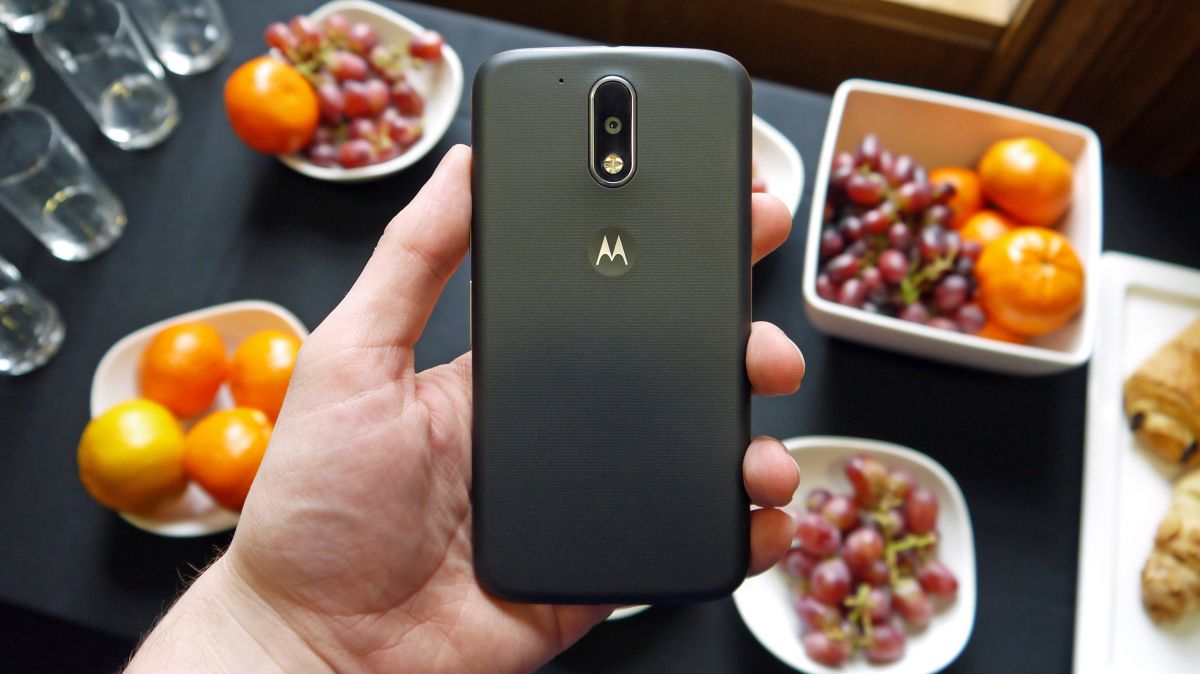
Turbo Charge is a great addition to the Moto G4, but it’s a shame Motorola hasn’t chosen to include the necessary charger in the box.
Another big miss is the absence of NFC. OnePlus took a lot of criticism for dropping this feature from the OnePlus 2, and with mobile payments becoming a big deal Moto G4 users are are missing out.
There’s also no fingerprint scanner, although phones at this level don’t tend to include a digit reader – it’s only the fact that the Moto G4 Plus has one that prompts me to mention it.
Verdict
Motorola has created one of the best budget phones money can buy in the Moto G4 – the price is nothing short of remarkable when you take into account how much this phone can do.
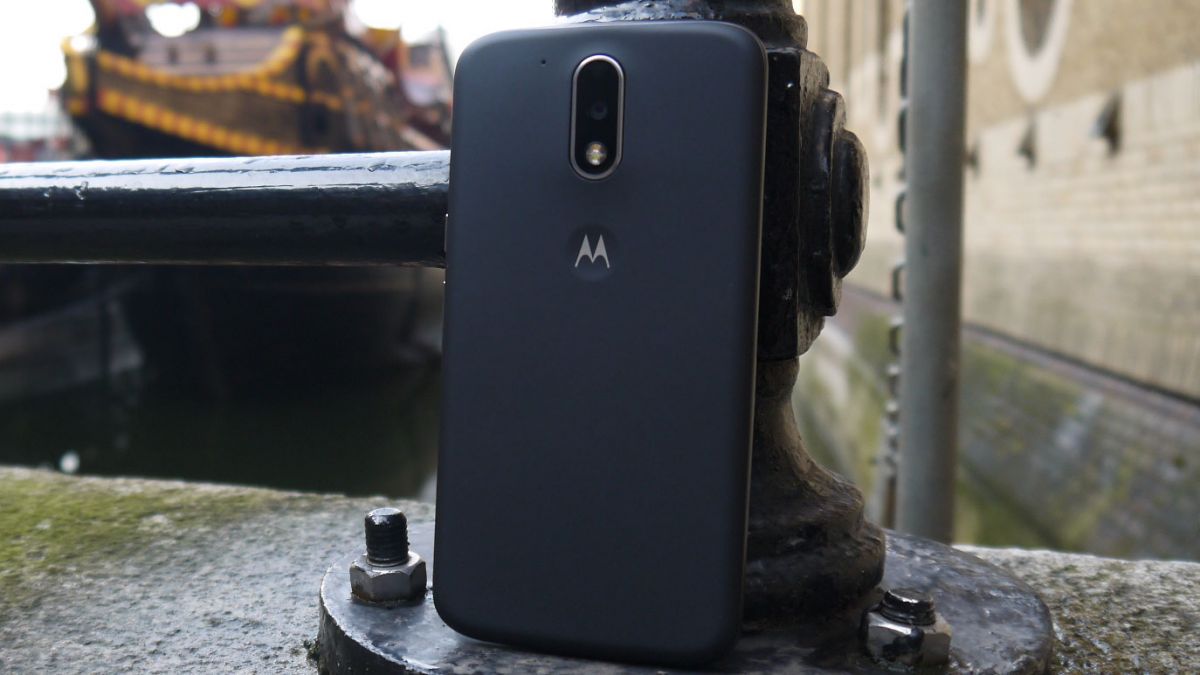
The design might not be to everyone’s taste, but it’s certainly not going to put many people off – and if you’re after a phone on a budget you’re probably not going to be overly fussy.
Considering how good-looking the display is, and how impressive the performance is – and the battery life isn’t too bad either – it’s hard to see how anyone could be disappointed with the Moto G4.
There are a few features I’d like to see added when the Moto G5 comes around, but none of them are a deal-breaker for the Moto G4.
NFC would have been a nice touch, as would a fingerprint scanner, but at just £169 (around US$240, AU$330) it’s hard not to be impressed by what the Moto G4 can do for the money.
This is one of the best cheap phones out there right now, and if you like the look of the Moto G4 my advice is to jump right in – you won’t regret it.
First reviewed June 2016
Source: techradar.com










































I know this is a review for the 4G but as you know the spec for the 4G plus can I ask which would you recommend , a full spec 4G plus (64gb + 4 gb RAM) or the new One+3 , as they're almost the same price ?